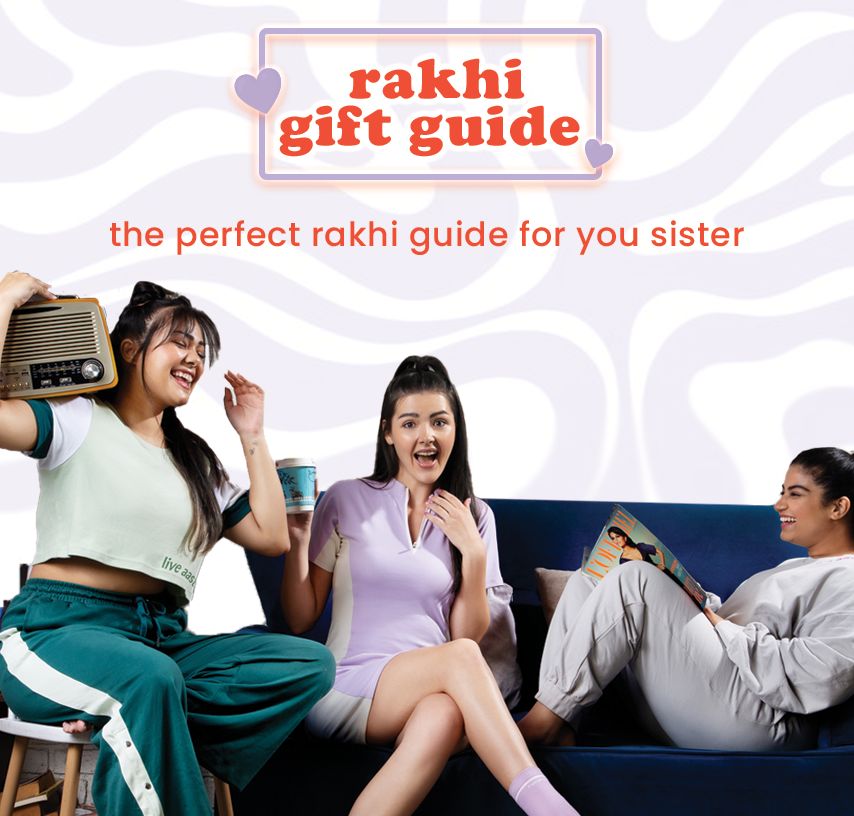the fashion industry cannot be seen as one of the most environmentally friendly industries from any aspect of its function; whether it be sourcing raw materials, manufacturing fabrics, or creating the final product. the industry is water and energy-intensive while contributing around 10% to the annual global carbon emissions.

However, the industry is making efforts to shift its focus to sustainability, reduce mass production, and over-exploitation of our limited resources. But there is a lot of pressure on the industry to keep the costs low and the output high in the global market which makes achieving a sustainable closed-loop cycle that much more difficult.
How is Artificial Intelligence making a difference?
Artificial Intelligence and digital technologies are helping the industry make a smoother transition and increasing sustainability. here are a few ways AI is making a difference:
3D-digital fashion models
With the help of Artificial Intelligence, brands have been able to experiment with 3D digital fashion models. Fabricant, became the world’s first digital fashion house and has opened up a path for replacing physical design samples with digital samples during the research and development processes. this will ideally save a lot of waste and reduce the brand’s carbon footprint by up to 30%. It will also save the costs for the production of clothes specifically meant for advertising as any clothes meant for advertising cannot be resold to customers.
predicting fashion trends
fashion companies are now using artificial intelligence to predict trends which traditionally requires manufacturing fashion trends that might not sell in the long run. Artificial intelligence allows companies to reduce human error in trend forecasting and makes It easier for companies to manufacture the clothes that will sell in the market. By doing so, AI helps to reduce water use during production and reduces pollution and carbon footprint.
making thrift shopping easier
Artificial intelligence has made the practice of buying and selling used, second-hand clothing easier. AI’s smart recommendation and a user-friendly interface allow people to buy something they want without going through piles of used clothes. buying second-hand clothes is a sustainable practice that reduces the demand for more clothes and therefore reduces the amount of waste created in the process of production.
the future of fitting rooms
a huge source of pollution in the fashion industry is the transportation and delivery part. The nature of online shopping platforms and the low cost of shipping and returning products in countries like China has allowed people to return products instead of not purchasing them. with the innovation of virtual fitting rooms for every individual, artificial intelligence could help you measure your perfect size and will reduce the volume of products returned every day.
rental fashion for the one-time affair
we all want to look the best at our best friend’s wedding so we end up buying a luxurious outfit that costs thousands. but we all know that outfit will be locked in the cupboard for the next decade because who wants to wear the same lehenga to two weddings. utilising clothes in the most efficient way is the only way to be sustainable and the growth of rental fashion e-commerce platforms can reduce the waste of buying clothes for occasional events.
Artificial intelligence can open pathways for a sustainable fashion industry but there is a lot of work left to do including consumers who are willing to make the right choices and pressurize the overall system to overhaul the traditional practices and adopt sustainable life choices.
until next time, live sustainable! live aastey!

































